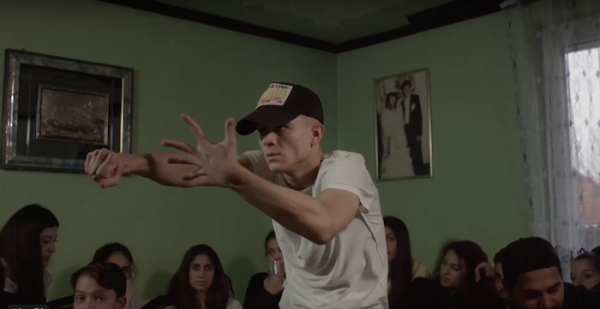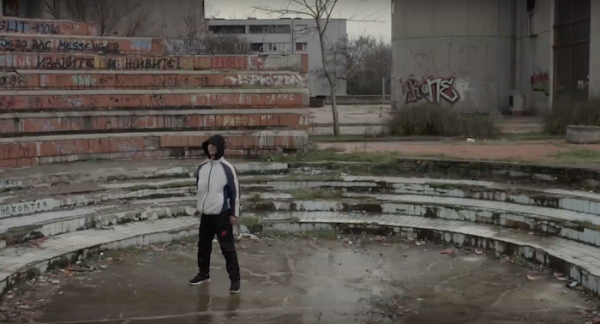These days, those involved in its world will see dance referred to increasingly with the term social justice. As someone who has for years taught and created choreography with individuals often marginalized to the fringes of society like incarcerated women, transitional homeless persons, at risk youth, etc., I am happy to see it finally being brought to the forefront in both terminology and action. Dance doesn’t always require institutional training to be powerful — something that usually necessitates a degree of financial liquidity and investment. Whole genres and styles like Crumping, Bruk Up, and Capoeira have emerged from the backyards of people who have little more than their bodies and an urge to speak their truths powerfully and with their own singular, wordless, movement voices. And speak they can, and will. Move Freely is proof that we should listen.

This powerful film by Choreographer/Director Wynn Holmes’ brings the traditionally marginalized itinerant Roma (aka Gypsy) youth living in Belgrade, Serbia, out of the shadows. For this venture, Holmes joined up with GRUBB (Gypsy Roma Urban Balkan Beats), “a foundation in the country’s capital city that acts as a hub for Roma artists and activists, helping them to celebrate and promote their cultural traditions.” All of the landscapes seen herein represent “hostile spaces where Roma communities are often mistreated and excluded.”

Dance, especially when coming out of a specific marginalized community, is often made up of powerful yet simple visceral gestures that are built into a kind of vocabulary or language. In Move Freely, wherein context certainly plays a huge role, the movement is urgent, honest, human and eloquent. It speaks to us directly about the human condition in a language that needs no translation. In viewing this film I was struck by the sense of loss and longing that this community carries within them. It is conveyed in both the movement itself and in the dynamic shots wherein the depth of field shrinks and the dancers with their potent movement are seen against large buildings, pairing the vulnerability of being small and human against the built scale of cities.
In the director’s own words, the film’s three main characters are seen dancing “in liberated, self-determined movements—contrasting with the world in which they live, a landscape of inhospitable architecture.”
I urge anyone with a pulse to watch this film.
